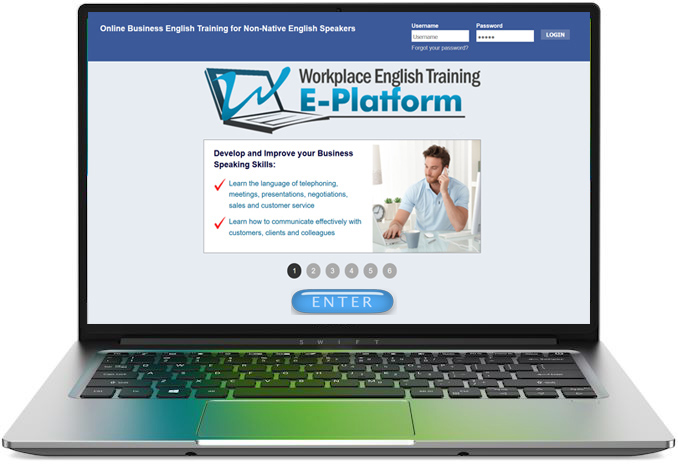English Bites!
 English Bites! are practical, bite-sized tips to help you improve your English for work. Published twice a week, the articles include useful advice covering different aspects of business English including grammar, vocabulary, writing, speaking as well as fun topics. It'll take just a few minutes to read each tip. You can subscribe to English Bites! from the Newsletters link above. After that, you'll receive notifications of all new tips by email.
English Bites! are practical, bite-sized tips to help you improve your English for work. Published twice a week, the articles include useful advice covering different aspects of business English including grammar, vocabulary, writing, speaking as well as fun topics. It'll take just a few minutes to read each tip. You can subscribe to English Bites! from the Newsletters link above. After that, you'll receive notifications of all new tips by email.
Problems with Prepositions |
|
You may end a sentence with a preposition. Just do not use extra prepositions when the meaning is clear without them.
Rule 2 Use on with expressions that indicate the time of an occurrence.
Rule 3 0f should never be used in place of have.
Rule 4 Between refers to two. Among is used for three or more.
Rule 5 Into implies entrance, in does not.
|
||||||
English is a Difficult Language to Master!
“Although” vs “Though” vs “Despite” vs “In Spite of”
Casual Questioning and Answering
Improving Readability Using Linking Words and Phrases
Business Small Talk: Listen, Respond and Ask for more Information
Questions to Dr English 5
When to Start a New Paragraph
Business Grammar: Noun + Preposition Combinations
Leaving Voice-mail Messages
Business Vocabulary: Common Financial Terms
Common Errors in Business Documents
Analysis of Business Writing 3
Questions to Dr English 2
Guidelines for Using the Hyphen (-)
Questions to the Editor 4
Welcoming Business Visitors
Simplified English Jokes!
How to Fix Run-on Sentences
How to Fix Incomplete Sentences
Subscribe to Workplace English Training E-Platform
Improve your business English through the world’s best and most comprehensive online platform

INCLUDES:
 Business English level test
Business English level test
 2000+ online lessons/interactive exercises
2000+ online lessons/interactive exercises
 My Learning Path module (members build their own courses from our content).
My Learning Path module (members build their own courses from our content).
 My Courses module (members can select from a number of course options).
My Courses module (members can select from a number of course options).
 Database of sample business documents
Database of sample business documents
 Library of 2600+ downloadable offline training resources
Library of 2600+ downloadable offline training resources
 Podcast lessons, tips, ebook training guides, fun stuff
Podcast lessons, tips, ebook training guides, fun stuff
 Student Helpline
Student Helpline
Key Benefits
- Focus only on the English you need for work.
- Learn at your own pace in your own time.





 Rule 1
Rule 1